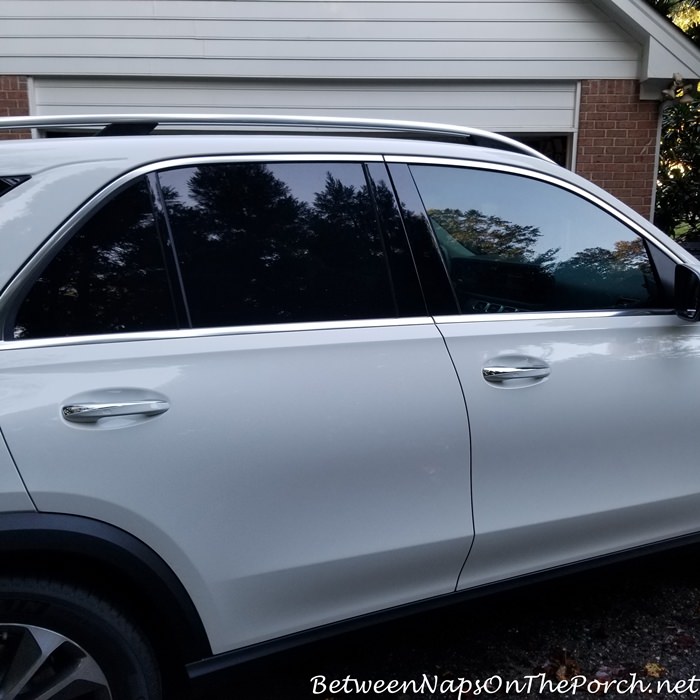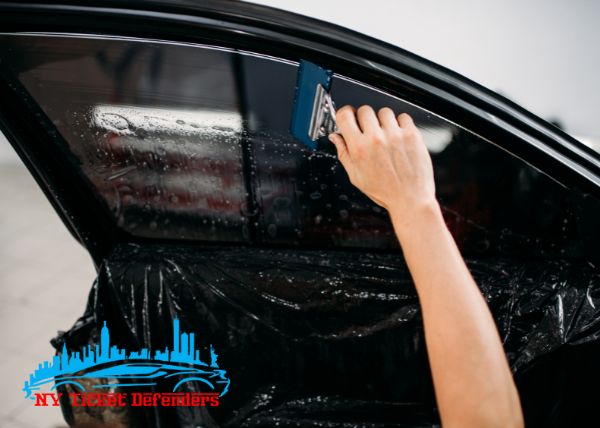How window tinting Can Enhance Your Home's Energy Effectiveness
Exploring the Different Kinds Of Home Window Color for Cars and Their Advantages

Colored Home Window Color
Dyed window tint is a popular choice among vehicle owners seeking to improve privacy and decrease glare while keeping a fashionable look. This kind of tint is created by incorporating color right into the sticky layer, which is then applied to the home windows of the automobile. The main appeal of colored home window color lies in its ability to provide an aesthetically pleasing appearance without compromising performance.
One of one of the most considerable benefits of dyed home window tint is its ability to obstruct dangerous UV rays, assisting to safeguard both passengers and the lorry's interior from sun damages. Furthermore, this tint properly minimizes glare, adding to a much more comfortable driving experience, specifically during bright daylight conditions. The strengthening of window color also adds a layer of personal privacy, making it a lot more difficult for outsiders to see inside the vehicle.
Nonetheless, it is necessary to note that while colored window color offers many advantages, it might not offer as much warmth being rejected as various other types of colors. Its durability can be affected by exposure to long term sunlight, potentially leading to fading over time. On the whole, dyed home window color stays a popular option for those focusing on aesthetic appeals and standard sun security.
Metalized Home Window Tint
Metalized window tint stands for an innovative option for automobile owners looking to enhance both efficiency and looks. One of the main advantages of metalized home window color is its exceptional heat being rejected capabilities, which can considerably reduce the indoor temperature level of an automobile.
Furthermore, metalized colors use enhanced resilience compared to dyed movies, making them immune to fading and scratching. This long life makes sure that the tint keeps its effectiveness and look in time, providing lasting worth.
Additionally, metalized home window tint can boost privacy and protection by making it a lot more difficult for outsiders to see inside the automobile. The reflective quality of the color can additionally prevent potential theft, as prized possessions are less noticeable (window tinting). While it may conflict with some digital signals, such as GPS or cellular phone function, the total advantages make metalized home window color a compelling selection for numerous car owners
Ceramic Home Window Color
Providing innovative technology and unequaled performance, ceramic window tint has actually become a top option for critical automobile proprietors. This innovative film is made up of innovative ceramic particles that offer substantial warmth rejection while preserving quality and exposure. Unlike typical colors, ceramic home window color does not count on steel or color, which can disrupt digital signals from devices such as GPS and mobile phone.
Among the standout advantages of ceramic home window color is its remarkable UV security. It obstructs approximately 99% of harmful ultraviolet rays, thereby securing both the car's inside and its passengers from sunlight damages. In addition, this kind of color boosts personal privacy without endangering presence, making it a practical option for daily chauffeurs and luxury cars alike.
Ceramic window tint also flaunts durability; it is immune to fading and damaging, ensuring long-lasting performance. Its non-reflective nature suggests it does not create glare, adding to more secure motoring conditions (window tinting). For those seeking a costs color option that combines visual appeals with functionality, ceramic home window tint sticks out as a remarkable option, delivering boosted convenience and protection on the road
Carbon Home Window Tint
When it comes to home window tinting choices, carbon window color has actually acquired popularity for its mix of performance and price. This sort of tint is made up of carbon bits, which give an unique matte finish that boosts the aesthetic allure of cars. Among the main benefits of carbon window color is its capability to block a considerable amount of unsafe UV rays, securing useful content both the vehicle's click this link inside and its occupants from skin damages and fading.
Additionally, carbon home window color uses excellent warmth being rejected homes, reducing the requirement for too much air conditioning and boosting fuel effectiveness. Unlike colored tints, carbon colors do not discolor gradually, keeping their effectiveness and look for years. This sturdiness makes them a practical option for cars and truck owners seeking long-lasting value.
Moreover, carbon home window color is non-metalized, which means it does not interfere with digital signals, making it ideal for vehicles furnished with general practitioner, Bluetooth, and various other wireless modern technologies. The balance of expense, efficiency, and visual allure has established carbon window tint as a favored selection for many vehicle proprietors. Eventually, it works as a reputable option for those aiming to enhance comfort while guaranteeing style.
Factory Tint
Manufacturing facility tint, also known as OEM tint, refers to the tinting that is related to car windows during the manufacturing process. This kind of tint is usually integrated into the glass itself, providing an uniform appearance and consistent levels of shading throughout all home windows. The key objective of manufacturing facility color is to minimize glow and improve traveler comfort while providing a level of UV defense.

While factory tint offers basic benefits, it may not provide the very same degree of warmth denial or personal privacy as higher-grade aftermarket colors. Automobile proprietors seeking boosted efficiency might consider extra tinting options, while still valuing the visual charm and functionality manufacturing facility color offers.
Conclusion

Nonetheless, it is crucial to keep in mind that while dyed home window tint supplies various benefits, it may not give as much warm rejection as other types of colors. For those seeking a premium color service that incorporates looks with functionality, ceramic home window color stands out as an exceptional selection, delivering boosted convenience and security on the roadway.
When it comes to window tinting choices, carbon window tint has actually gained popularity for its mix of performance and cost.Manufacturing facility color, also understood as OEM color, refers to the tinting that is applied to car home windows throughout the manufacturing procedure. The exact level of color can differ depending on the vehicle producer and version, with some vehicles featuring a lot more see page significant color on rear windows than on front windows.